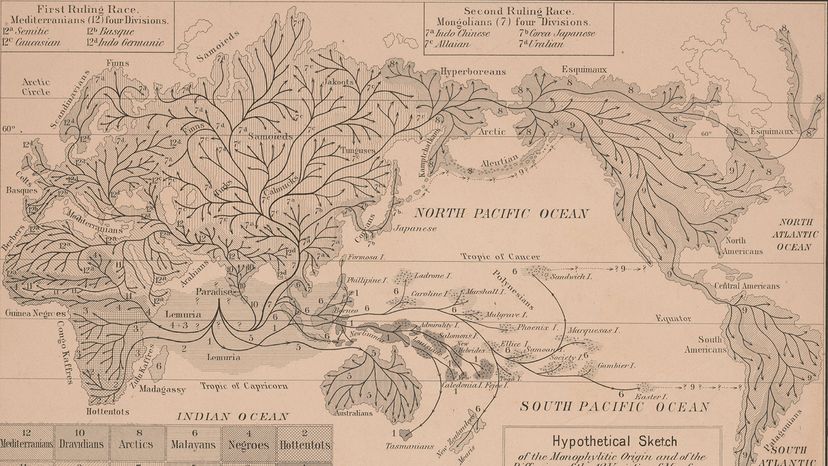
Key Takeaways
- Lemuria was a hypothetical lost continent in the Indian Ocean proposed by British zoologist Philip Sclater in the 19th century.
- The concept of Lemuria evolved from a scientific theory to a belief held by occultists, theosophists and proponents of new-age spirituality.
- In Tamil nationalism, Lemuria became associated with the idea that Dravidians originated from this lost civilization, contributing to a sense of pride and identity among Tamil people.
The mythical lost island of Atlantis isn't the only once-great civilization to have allegedly sunk beneath the waves. In the 19th century, serious scientists entertained the idea that a "lost continent" must have once existed in the Indian Ocean. The sunken continent was called Lemuria, and what started as a strait-laced scientific theory ended up attracting all sorts of "true believers," from Victorian occultists to Indian nationalists.
Advertisement


